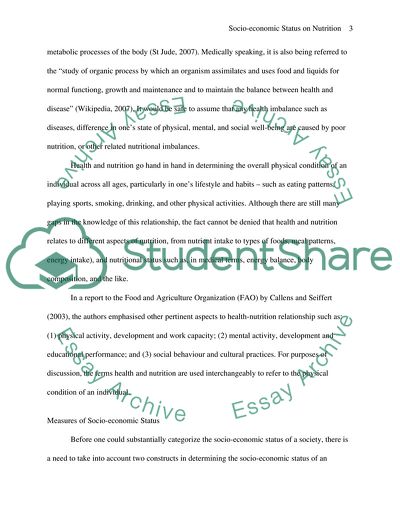Cite this document
(Effects of Socio-economic Status on Nutrition Coursework, n.d.)
Effects of Socio-economic Status on Nutrition Coursework. https://studentshare.org/social-science/1706870-what-are-the-possible-effects-of-socio-economic-status-on-nutrition
Effects of Socio-economic Status on Nutrition Coursework. https://studentshare.org/social-science/1706870-what-are-the-possible-effects-of-socio-economic-status-on-nutrition
(Effects of Socio-Economic Status on Nutrition Coursework)
Effects of Socio-Economic Status on Nutrition Coursework. https://studentshare.org/social-science/1706870-what-are-the-possible-effects-of-socio-economic-status-on-nutrition.
Effects of Socio-Economic Status on Nutrition Coursework. https://studentshare.org/social-science/1706870-what-are-the-possible-effects-of-socio-economic-status-on-nutrition.
“Effects of Socio-Economic Status on Nutrition Coursework”. https://studentshare.org/social-science/1706870-what-are-the-possible-effects-of-socio-economic-status-on-nutrition.


